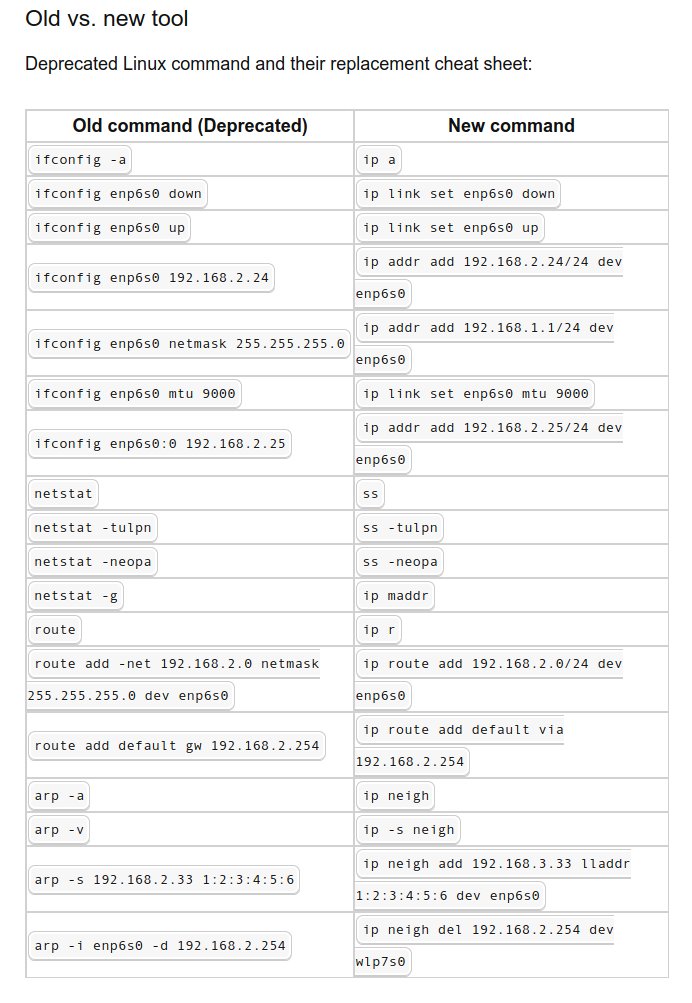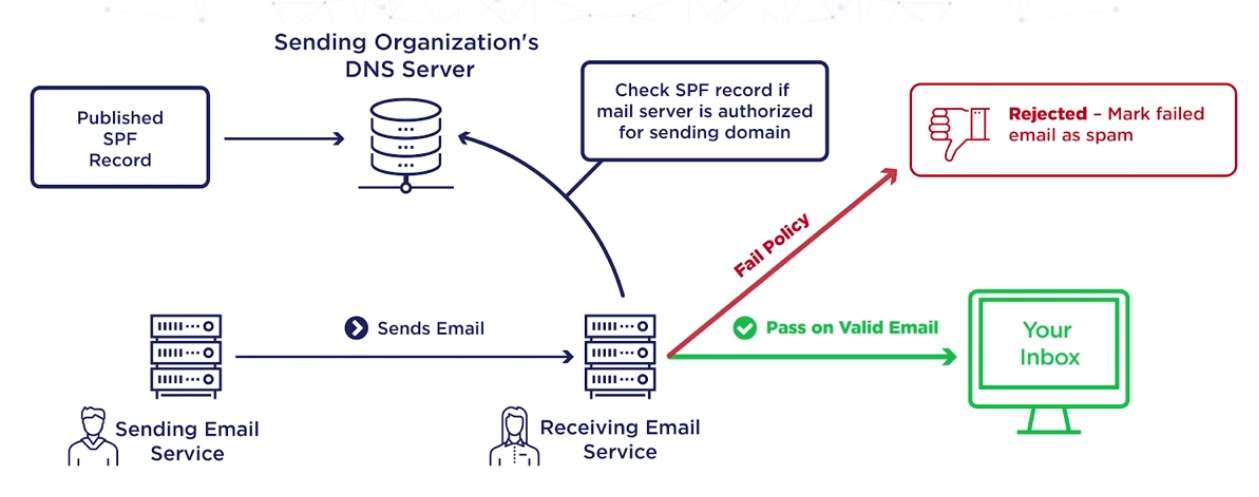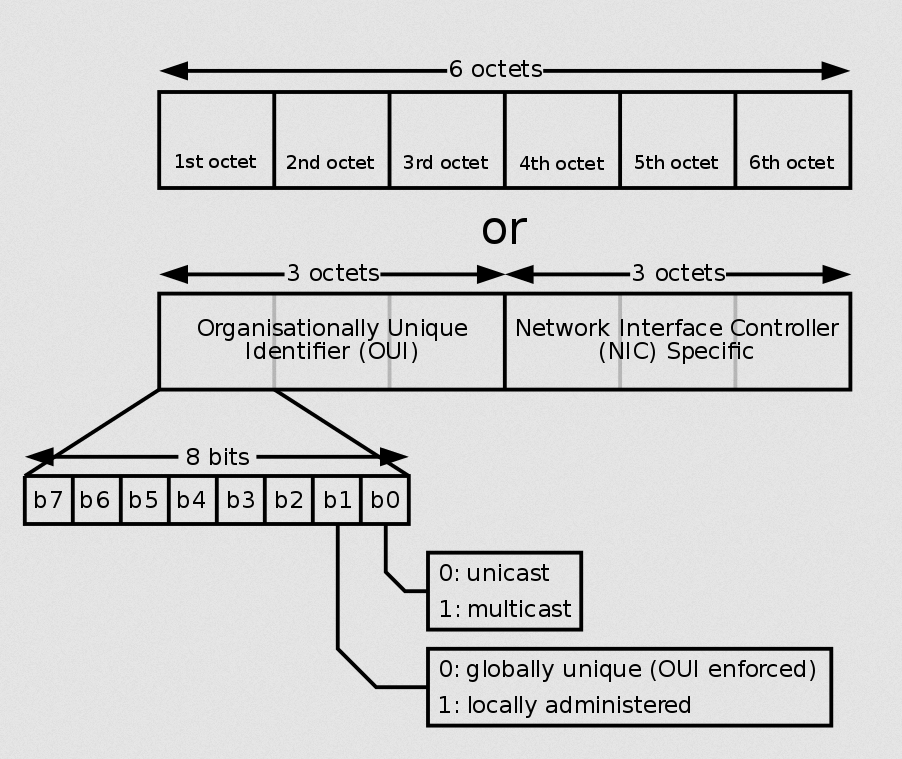Linux basics for hackers - notes
On Kali Linux:
/binis a symbolic link to/usr/bin/sbinis a symbolic link to/usr/sbin/libis a symbolic link to/usr/lib
"things only got moved in to /usr because of storage constraints on ancient Unix machines" (src).
Origin story (src):
You know how Ken Thompson and Dennis Ritchie created Unix on a PDP-7 in 1969?
Well around 1971 they upgraded to a PDP-11 with a pair of RK05 disk packs (1.5
megabytes each) for storage.
When the operating system grew too big to fit on the first RK05 disk pack (their
root filesystem) they let it leak into the second one, which is where all the
user home directories lived (which is why the mount was called /usr). They
replicated all the OS directories under there (/bin, /sbin, /lib, /tmp...) and
wrote files to those new directories because their original disk was out of
space. When they got a third disk, they mounted it on /home and relocated all
the user directories to there so the OS could consume all the space on both
disks and grow to THREE WHOLE MEGABYTES (ooooh!).
Of course they made rules about "when the system first boots, it has to come up
enough to be able to mount the second disk on /usr, so don't put things like
the mount command /usr/bin or we'll have a chicken and egg problem bringing
the system up." Fairly straightforward. Also fairly specific to v6 unix of 35
years ago.
The /bin vs /usr/bin split (and all the others) is an artifact of this, a
1970's implementation detail that got carried forward for decades by
bureaucrats who never question _why_ they're doing things. It stopped making
any sense before Linux was ever invented, for multiple reasons:
1) Early system bringup is the provice of initrd and initramfs, which deals
with the "this file is needed before that file" issues. We've already _got_ a
temporary system that boots the main system.
2) shared libraries (introduced by the Berkeley guys) prevent you from
independently upgrading the /lib and /usr/bin parts. They two partitions have
to _match_ or they won't work. This wasn't the case in 1974, back then they
had a certain level of independence because everything was statically linked.
3) Cheap retail hard drives passed the 100 megabyte mark around 1990, and
partition resizing software showed up somewhere around there (partition magic
3.0 shipped in 1997).
Of course once the split existed, some people made other rules to justify it.
Root was for the OS stuff you got from upstream and /usr was for your site-
local files. Then / was for the stuff you got from AT&T and /usr was for the
stuff that your distro like IBM AIX or Dec Ultrix or SGI Irix added to it, and
/usr/local was for your specific installation's files. Then somebody decided
/usr/local wasn't a good place to install new packages, so let's add /opt!
I'm still waiting for /opt/local to show up...
Of course given 30 years to fester, this split made some interesting distro-
specific rules show up and go away again, such as "/tmp is cleared between
reboots but /usr/tmp isn't". (Of course on Ubuntu /usr/tmp doesn't exist and
on Gentoo /usr/tmp is a symlink to /var/tmp which now has the "not cleared
between reboots" rule. Yes all this predated tmpfs. It has to do with read-
only root filesystems, /usr is always going to be read only in that case and
/var is where your writable space is, / is _mostly_ read only except for bits
of /etc which they tried to move to /var but really symlinking /etc to
/var/etc happens more often than not...)
Standards bureaucracies like the Linux Foundation (which consumed the Free
Standards Group in its' ever-growing accretion disk years ago) happily
document and add to this sort of complexity without ever trying to understand
why it was there in the first place. 'Ken and Dennis leaked their OS into the
equivalent of home because an RK05 disk pack on the PDP-11 was too small" goes
whoosh over their heads.
On Kali Linux, the mount command can be located is the /usr/bin directory, without the "chicken and egg" problem, because the /usr directory is not a mount point any more. Disks are large enough to include the whole OS on the boot filesystem.
Other explanation: https://askubuntu.com/questions/130186/what-is-the-rationale-for-the-usr-directory
https://en.wikipedia.org/wiki/Filesystem_Hierarchy_Standard
/usr: all system-wide (shareable), read-only user data; contains the majority of (multi-)user utilities and applications
/bin → /usr/bin: command binaries/sbin → /usr/sbin: "Essential system binaries". Commands that can only be (or are only meaningful when) executed by the root user, like mount, fdisk, daemons for various network services/lib → /usr/lib: Libraries for the binaries in/usr/binand/usr/sbin/usr/include: Standard include files/usr/share: Architecture-independent (shared) data
Example:
└─$ whereis aircrack-ng
aircrack-ng: /usr/bin/aircrack-ng /usr/include/aircrack-ng /usr/share/man/man1/aircrack-ng.1.gz
/boot: Boot loader files (kernel image, initrd)/proc: Virtual filesystem providing process and kernel information as files. In Linux, corresponds to a procfs mount. Generally, automatically generated and populated by the system, on the fly./sys: Kernel's view of the hardware. Contains information about devices, drivers, and some kernel features
/opt: "Add-on application software packages". An atrocity meant for system-wide, read-only and self-contained software. That is, software that does not split their files overbin,lib,share,includelike well-behaved software should
/etc: Host-specific system-wide configuration files. Files that control when and how programs start up. (In early versions of the UNIX Implementation Document from Bell labs, /etc is referred to as the etcetera directory, as this directory historically held everything that did not belong elsewhere (however, the FHS restricts /etc to static configuration files and may not contain binaries). Since the publication of early documentation, the directory name has been re-explained in various ways. Recent interpretations include backronyms such as "Editable Text Configuration" or "Extended Tool Chest")
/var: Variable files: files whose content is expected to continually change during normal operation of the system, such as logs, spool files, and temporary e-mail files./var/log: Log files. Various logs./var/lib: State information. Persistent data modified by programs as they run (e.g., databases, packaging system metadata, etc.).
/dev: directory contains special files (device files) corresponding to physical devices or system components, as things you wouldn't normally think of as devices such as /dev/null./media: "Mount points for removable media", where CDs and USB devices are usually mounted to the filesystems/mnt: "Temporarily mounted filesystems". Used to mount other filesystems, usually for a short period of time
https://unix.stackexchange.com/questions/309706/what-is-the-difference-between-dev-media-and-mnt
/root: Home directory for the root user./home: Home directories for other users. Containing saved files, personal settings, etc./tmp: Directory for temporary files (see also /var/tmp). Often not preserved between system reboots and may be severely size-restricted.
sudo nl /etc/snort/snort.conf | grep -B 5 '# Step #6: Configure'
https://domainsdirect.nz/articles/what-are-a-cname-mx-txt-records
get the IP v4 addresses of cat-amania.com:
dig cat-amania.com A +noall +answer
get the IP v6 addresses of google.com:
dig google.com AAAA +noall +answer
google.com. 132 IN AAAA 2a00:1450:4007:80d::200e
get the mailservers of cat-amania.com:
dig cat-amania.com MX +noall +answer
get a list of authoritative DNS servers for cat-amania.com:
dig cat-amania.com NS +noall +answer
cat-amania.com. 10800 IN NS ns-146-a.gandi.net.
cat-amania.com. 10800 IN NS ns-102-c.gandi.net.
cat-amania.com. 10800 IN NS ns-206-b.gandi.net.
We can then use dig to query using a specific nameserver:
dig @ns-206-b.gandi.net cat-amania.com
get a list of text annotations for cat-amania.com:
dig cat-amania.com TXT +noall +answer
Using Windows Powershell:
nslookup -q=TXT cat-amania.com
Example of TXT DNS record: SPF Sender Policy Framework.
https://www.youtube.com/watch?v=oEpU-iqBerI
Changing the eth0 MAC address:
sudo ifconfig eth0 hw ether 04:3b:c8:a1:58:ad
Some MAC address values are not allowed. One can only set unicast address values.
https://en.wikipedia.org/wiki/Multicast_address#Ethernet "Ethernet frames with a value of 1 in the least-significant bit of the first octet of the destination MAC address are treated as multicast frames and are flooded to all points on the network"
If we try to change eth0 MAC address with a multicast value, we get an error:
sudo ifconfig eth0 hw ether 05:3b:c8:a1:58:ad
SIOCSIFHWADDR: Ne peut attribuer l'adresse demandée
https://itsfoss.com/apt-vs-apt-get-difference/ "apt=most common used command options from apt-get and apt-cache. apt is a subset of apt-get and apt-cache commands providing necessary commands for package management."
One way to remove a package is:
apt --dry-run --purge autoremove <package>
then
apt --purge autoremove <package>
One way to upgrade is:
sudo apt update
sudo apt list --upgradable
sudo apt upgrade



